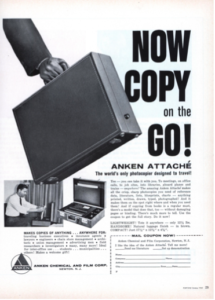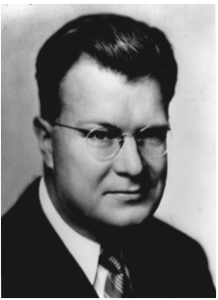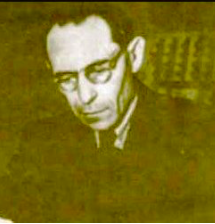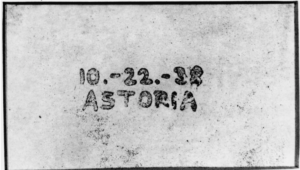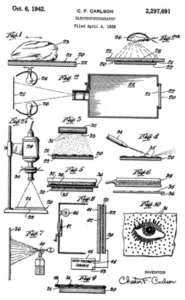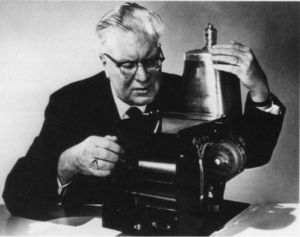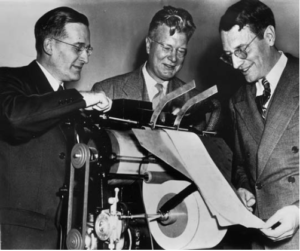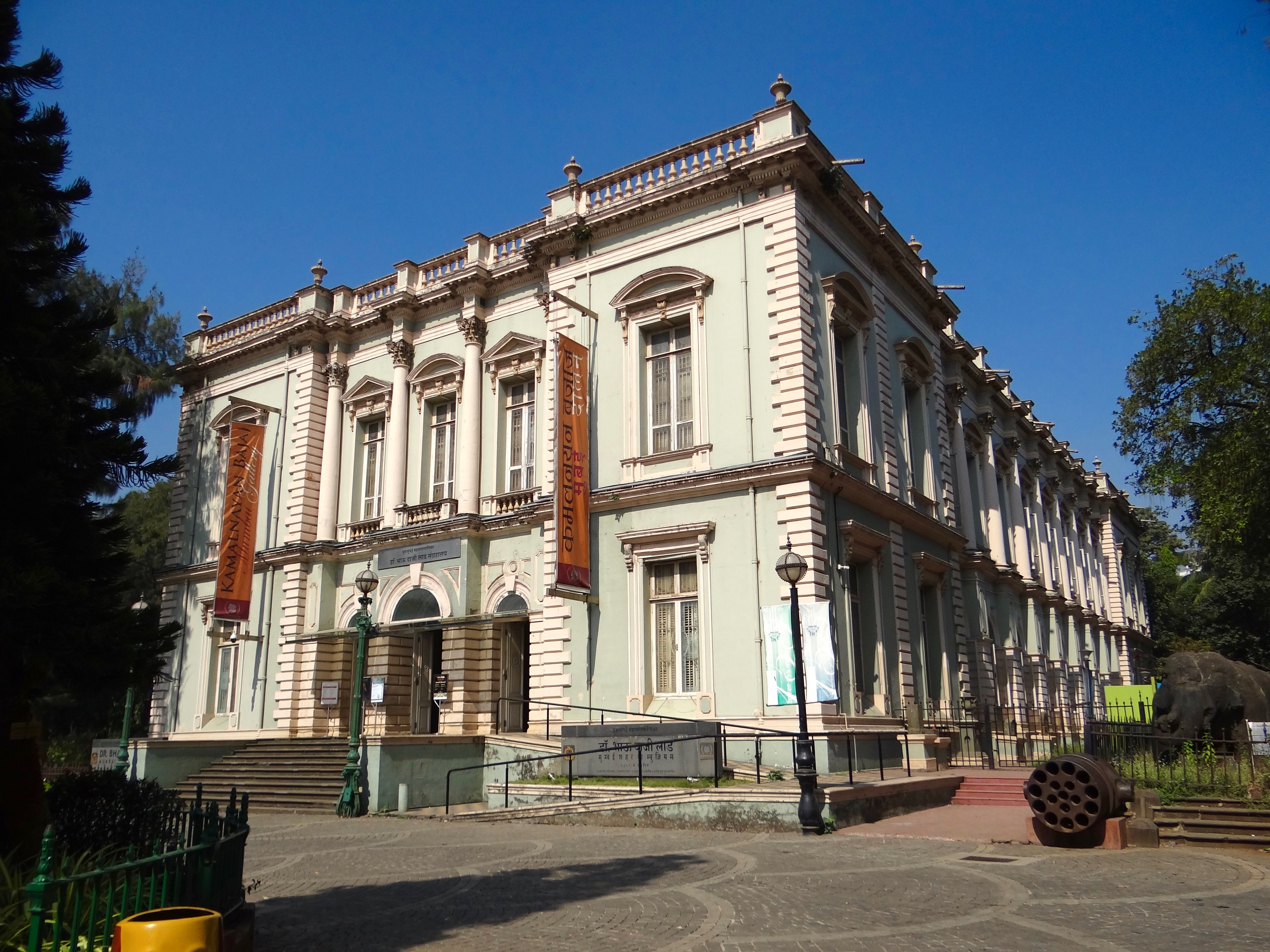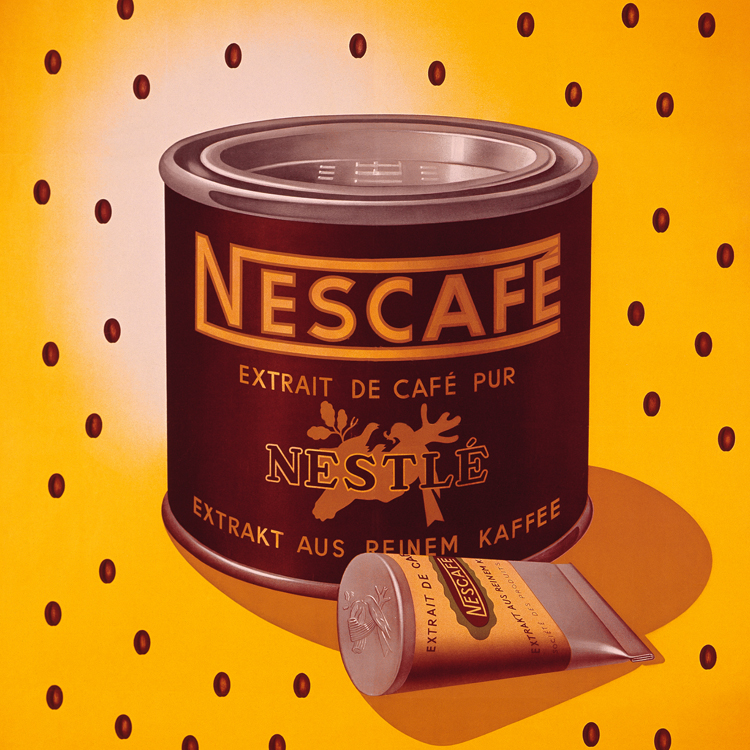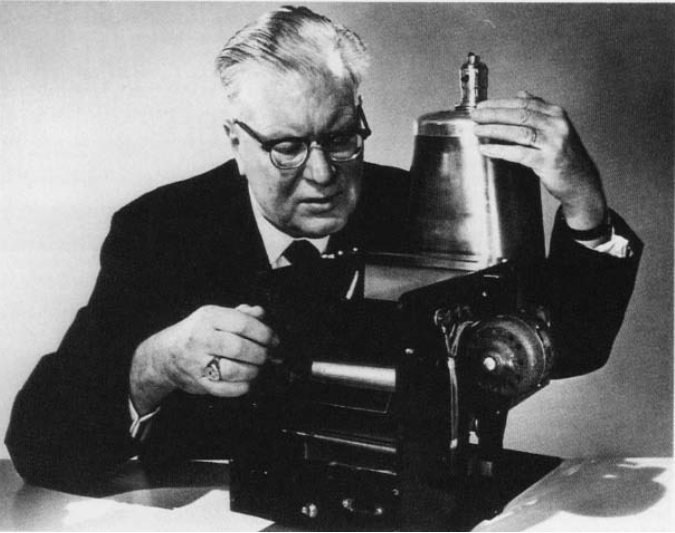
Photocopy
From Chester Carlson’s Invention Notebook to You
How an undying passion for his invention got you the photocopy
Have you ever taken a ‘xerox’? Did you take a photocopy today?
When this idea came to Chester Carlson, nobody thought it would ever work. Encouraging, is it not?
A teenaged Chester worked at a printers shop. There he produced 2 editions of a little magazine for chemists.
He had a natural inclination towards the discipline of chemistry.
While printing the magazine, ideas floated in his head. Since then, he’d always carry a notebook with him to jot down his big ideas.
After getting a majors in Chemistry, Chester tried for employment at 82 companies and got only 2 replies. Finally a Bell Telephone Laboratory employed him for meagre wages of $35 per week. This timing couldn’t have been worse.
Soon it was 1929, the Great Depression. Of the many lay offs, Chester was one of them. He soon found himself at the start with no job.
PR. Mallory & Co gave him a job. To make his resume impressive, Chester began studying law by night.
His new employer soon promoted him to the post of manager in their patent department. Here, Chester really understood the importance of patenting inventions.
An imaginative and inventive man that he was, he came up with an incredible idea.
Since, Chester was sick of living hand to mouth, he figured a way out of the rut- invent something, patent it and live happily ever after.
In his patent office, he also noticed the amount of copies that had to be done for each client. They had to make carbon copies or type them out. The typed copies had to be proof read and retyped in case of errors.
This lengthy process was cumbersome and time wasting. Chester felt a need to solve this problem. What would happen if an entire page would take a picture of itself with just a click of a button?
Chester spent his free time cooped up in the library researching on image processes. He stumbled onto the little explored territory of photoconductivity.
Hungarian physicist Paul Selenyi was researching on electrostatic images. His findings taught Chester something groundbreaking- when light strikes a photoconductive material, the electrical conductivity of that material is increased.
This new findings fit it all in perspective for Chester.
To his wife’s horror, he began experimenting in the kitchen. He discovered the fundamental principle of electrophotography or what we now know as xerography.
As his scale of research grew, Chester hired an unemployed physicist- Otto Kornei. They both moved to a lab in Astoria.
Here on the 2nd floor on a fine day, the first photocopy was made. It read “10-22-38 ASTORIA.” The were so happy that they each conducted the experiment again and again just to convince themselves.
Even though the technology was out there and Chester was the only one in the world to research about it, the battle wasn’t even half won.
This invention was filed for patent on 4 April, 1939 and was issued on 6 October, 1942 as number 22,97,691.
In the years that followed, Chester wanted someone to actually get his invention to people.
For five years from 1939 to 1944 he approached 20 companies but to no avail. Even the National Inventors Council showed him the door.
This is what Chester recalled about his experience, “Some were indifferent, several expressed mild interest, and one or two were antagonistic. How difficult it was to convince anyone that my tiny plates and rough image held the key to a tremendous new industry.”
And what about his morale?
“The years went by without a serious nibble.. .I became discouraged and several times decided to drop the idea completely. But each time I returned to try again. I was thoroughly convinced that the invention was too promising to be dormant.”
Finally he got contacted by Battelle Memorial Institute in 1944. They were willing to share the royalty rights with him for developing the process.
3 years later, Battelle Memorial Institute got into an agreement with the Haloid company to develop a xerographic machine.
This Haloid company later joined hands with Chester and created Xerox. They were careful not to trademark their name because they wanted people to use it. And what has become of it today?
Xerox is almost synonymous with photocopying.
Xerox never sold these machines but gave photocopies. From a ‘wasteful’ idea it went to become one of the most groundbreaking technologies ever invented.
Now we photocopy billions and billions of pages all thanks to a shy inventor- Chester Carlson.
At the end of his life, he earned $150 million from his invention only to give away $100 million to charity.
What does the story of Chester Carlson teach us? Tell me- editor@giglee.in
——–
This article is from the May Issue. To read the whole issue, please subscribe here and get your free online copy.
——–
Picture Curtesy to all images- Google Images

